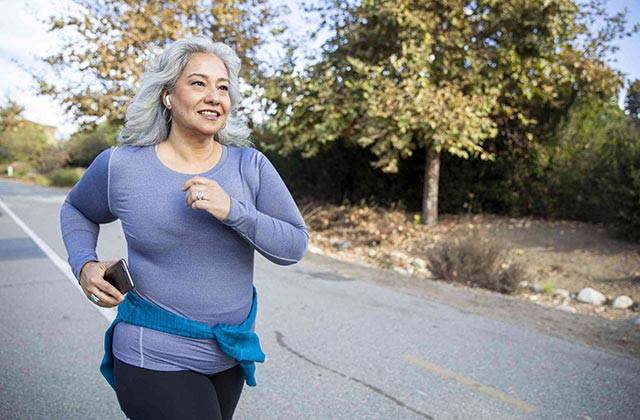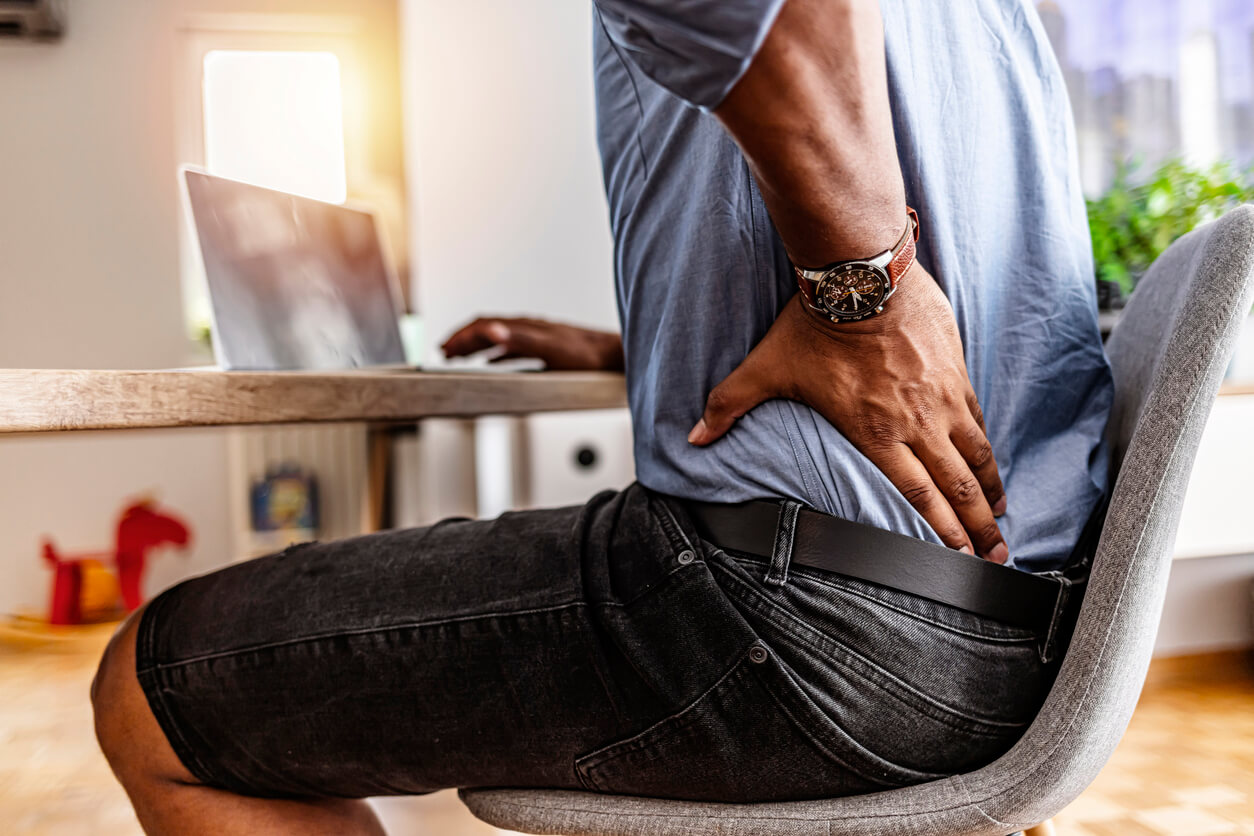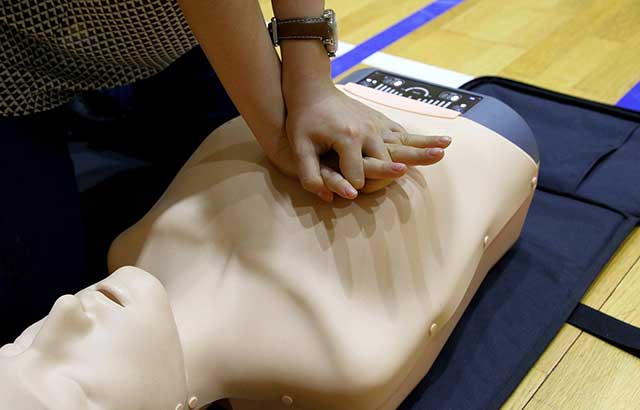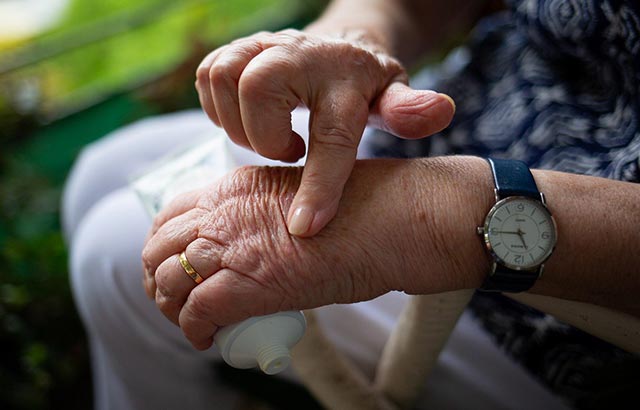Thumb Arthritis
One of the most common conditions presenting to a hand surgeon’s office is arthritis at the base of the thumb. This condition is ten times more common in women and tends to present after the age of 50, although the earliest symptoms can begin in the 40’s.
Symptoms of Thumb Arthritis
The arthritis involves the loss of cartilage occurring at the joint between the thumb and the wrist. Patients complain of sharp or aching pain that worsens with activities involving grasping and pinching. Many patients note that the pain increases suddenly when they get their thumb “in the wrong position.” There is also frequently a sensation of weakness when doing tasks such as opening jar lids or starting the ignition of a car. Most patients endure the pain and weakness for quite some time before going to the doctor. In most instances, the diagnosis is apparent by the history and physical exam, and x-rays show loss of the cartilage space between the bones.
Three Main Treatment Options
After being informed that the problem is arthritis, I frequently hear comments to the effect, “Well, it’s arthritis so I guess that there isn’t anything that can be done for it.” Nothing could be further from the truth. There are three main treatment options that can be helpful.
Custom Hand Brace
The initial treatment involves the use of a custom hand brace that is made by a hand therapist. In my experience, this brace is a better option than an off-the-shelf splint because of improved fit and comfort. The brace is initially worn full time for about 4 weeks prior to a return office visit. About 70% of patients find that the splint significantly reduces their pain. For these patients, the plan is to gradually reduce the use of the splint over the next 2-3 weeks. As long as there is not an increase in pain during this period, these patients then utilize the brace only for heavier activities or if they are having a flare of pain. Many patients can control their symptoms for years with only intermittent use of the brace.
Cortisone Injection
For the patients who fail to get adequate pain control with brace treatment, a cortisone injection into the joint is helpful about 80% of the time. One of the issues with the injection is that it is very difficult to predict how long it will last, but I have many patients whose injection reduces their pain for 6 months or more.
Outpatient Surgical Procedure
The final option is a surgical procedure that involves removal of one of the small wrist bones to reduce the bone-on-bone contact. This is a procedure that has been in use since the 1960’s and has an excellent track record of success in terms of decreasing or eliminating pain and improving strength. The surgery is an outpatient procedure that takes about 60 minutes to complete. Patients go home the same day in a splint covered with an ace wrap that extends to the mid-forearm. This splint is worn full time until 10-14 days after surgery at which time the therapist constructs a custom splint that allows removal for showering and gentle thumb exercises.
Once the patient is 6 weeks out from surgery, they begin formal hand therapy and may wean out of their brace as comfort allows. The formal therapy program lasts from 6-12 weeks and frequently patients will need to continue a home program for strengthening in order to maximize the surgical result. Complete recovery often takes about 6 months before the thumb feels natural and activities have returned to normal. Research shows that the average patient progressively gets stronger over a number of years following surgery.
Decrease Pain and Improve Hand Function
Arthritis at the base of the thumb is a commonly occurring process that affects a high percentage of the female population. It can be a very painful and functionally limiting condition which tends to progress with age. Fortunately, there are several treatments, both conservative and surgical, which can be employed to decrease pain and improve the function of the hand.
Leaders in Pain Care
To learn more about arthritis of the thumb or to schedule an appointment, please call Dickson-Diveley Midwest Orthopaedic Clinic at 913-319-7600 (Kansas City Orthopaedic Institute, Leawood, KS) or 816-531-5757 (Saint Luke’s Hospital Campus, Kansas City, MO), or visit us online at www.dd-clinic.com.
Dickson-Diveley Midwest Orthopaedic Clinic is Kansas City’s oldest and largest orthopaedic clinic, offering state-of-the-art orthopaedic care since 1923. As leaders in surgical and non-surgical spine, sports and injuries of every kind, the experts at Dickson-Diveley are committed to helping you find relief from your pain.










